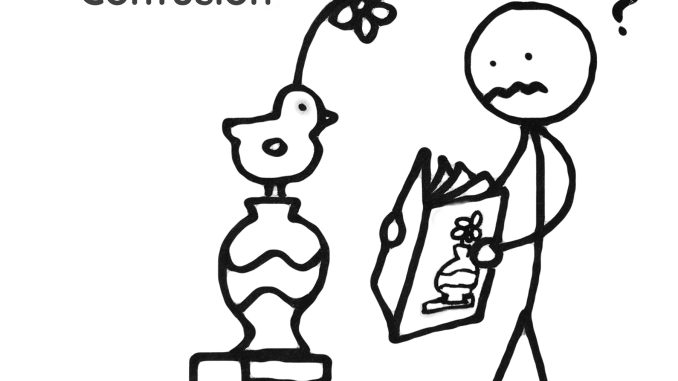
The production of standardized furniture has grown in popularity over recent decades. It seems like one-of-a-kind, labor-intensive pieces are fading out of the market, replaced instead by quick and easy, mass-produced items. On the one hand, customers can spend less money and have a wider selection of goods to choose from. At all different tax brackets, you can enter a gallery or store and know that you do not have to buy up an item before it’s gone… because there are hundreds – if not thousands – of that piece stored in warehouses across the globe. With so much ease and convenience provided by technology, the most difficult decision consumers will make is which item(s) they want for their home.
On the other hand, these changes in consumerism have undermined our satisfaction with the power of our dollars.
Historically, mankind has had to create his environment. We delved from other species when we started using our hands to construct our own societies. If you had a hole in your clothes, you’d mend it. If you wanted some eggs, you’d raise a chicken. Prior to the Industrial Revolution during the mid-1700s to the mid-1800s, labor was localized and laborious, but also very personal to the producer.
Following revolutionary developments in technology, factory production quickly emerged as the new standard. Workers, shut up inside factories for 12-hour shifts, labored away at machines which would put products in stores, catalogues, and warehouses. While these developments helped to standardize, quicken, and ease production, they also created a rift between the producer and the consumer. People became, literally, separated from labor.
It seems counterintuitive at first. Are we not happier that, instead of having to craft our homes from scratch, we can just click “order” on Amazon and be done with it? Apparently not. German intellectual Karl Marx warned, at that time of the revolution, about the dangers of this separation. His theory of alienation encapsulates the estrangement of people from aspects of their human nature as a consequence of the division of labor. He stressed that Laborers not owning the products they labor to create would create a loss of self. It seems in many ways his warnings have proven valid.
The solution, it would seem, is a return to the roots of our labor by building our own environment once again. And some companies have forefronted this consumer-producer model. This brings us back to IKEA, and what I would call the “Myth of Modern Labor”. IKEA has separated itself from other furniture warehouses not only through cheap product costs, but also the expectation that the consumer will be building the product themselves. There is a sort of satisfaction from the experience. I will regularly point out to guests, “See that desk, I put it together myself!”
But all of this is really just a shadow of labor, a ghost of what used to be the norm. And it came about, not really to reconnect consumers with their products, but as a way to save money.
In 1956, a chance encounter between two men would begin IKEA’s path of deconstruction. Gillis Lundgren was delivering a table to Ingvar Kamprad, son of a local farmer in Almhult, Sweden. After realizing the table would not fit in his car, he disassembled parts of the piece and rebuilt it upon his arrival. This sparked an idea in Kamprad, who saw the potential of what he would later call flat-packing, or the selling of goods as “flat” boxed items, to be constructed at a later date. According to author Ellen Ruppel Shell in her book, Cheap: The High Cost of Discount Culture, “In addition to minimizing shipping costs, flat packing deftly unloaded the time consuming and expensive chores of delivering and assembling furniture onto the one person reliably willing to do it for free: the customer… Without knowing it, Lundgren had laid the groundwork for one of the great marketing gambits of the 20th century: the discrete transfer of costs from seller to buyer.”
It was in this way that IKEA reframed consumer perceptions of buying furniture. The expectation for consumers to construct their own products was new and stood out in the market. And many people did – and still do – appreciate this process. In some ways, it is easier to load a box and build it at home, instead of figuring out how to ship a piece or place something fully constructed in your car. And there is satisfaction in putting together an item for one’s home. However, let us not be disillusioned with the construction of modern standardized furniture. This method, pitched as a way to return to your roots, save space, and feel satisfaction, is also a means by which companies place the burden of construction, cost-free, onto you. It is a midway between the convenience of purchasing an item already made, and the fulfillment of making something yourself, and as such, really does not fully deliver in either category.

